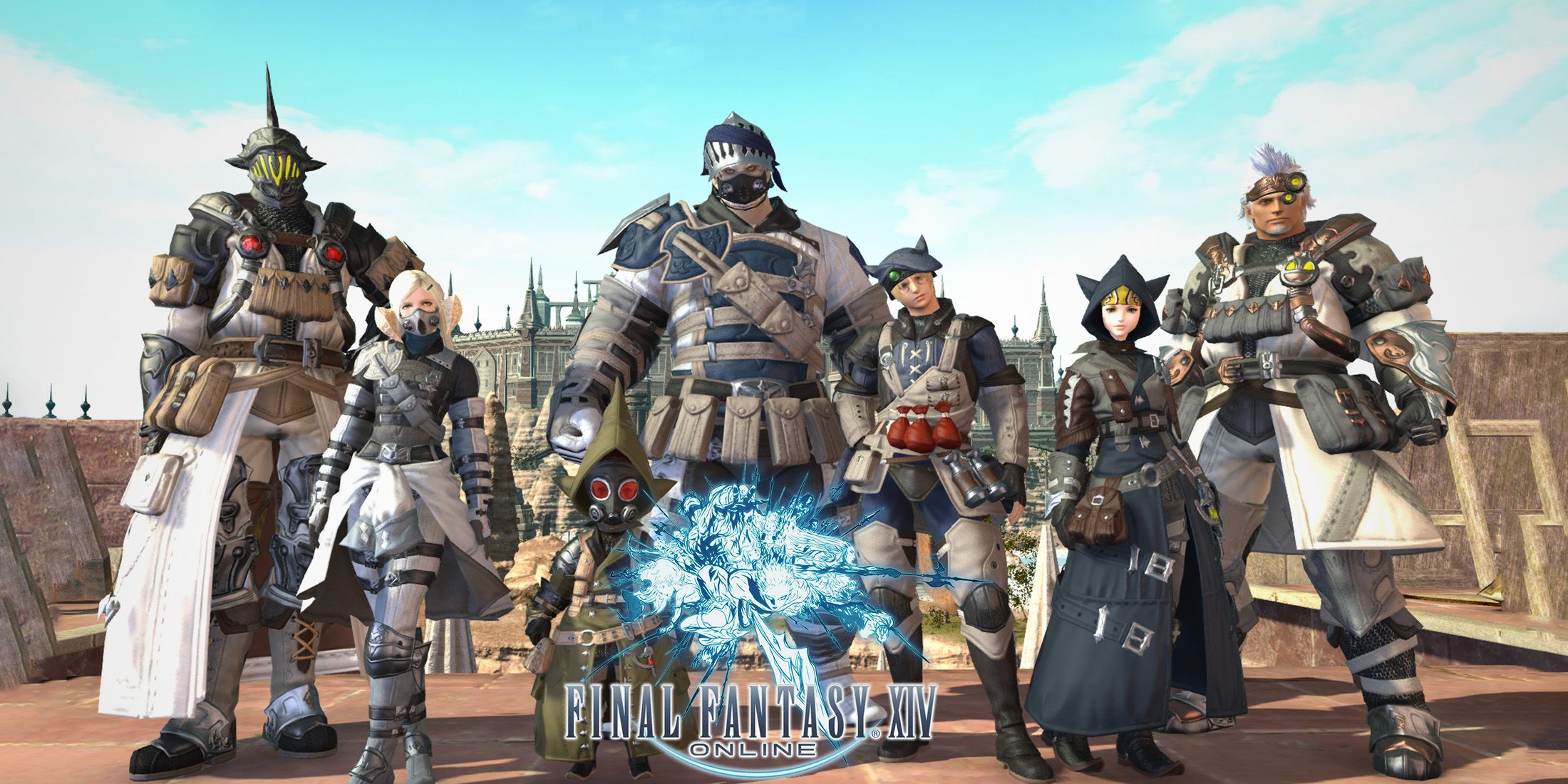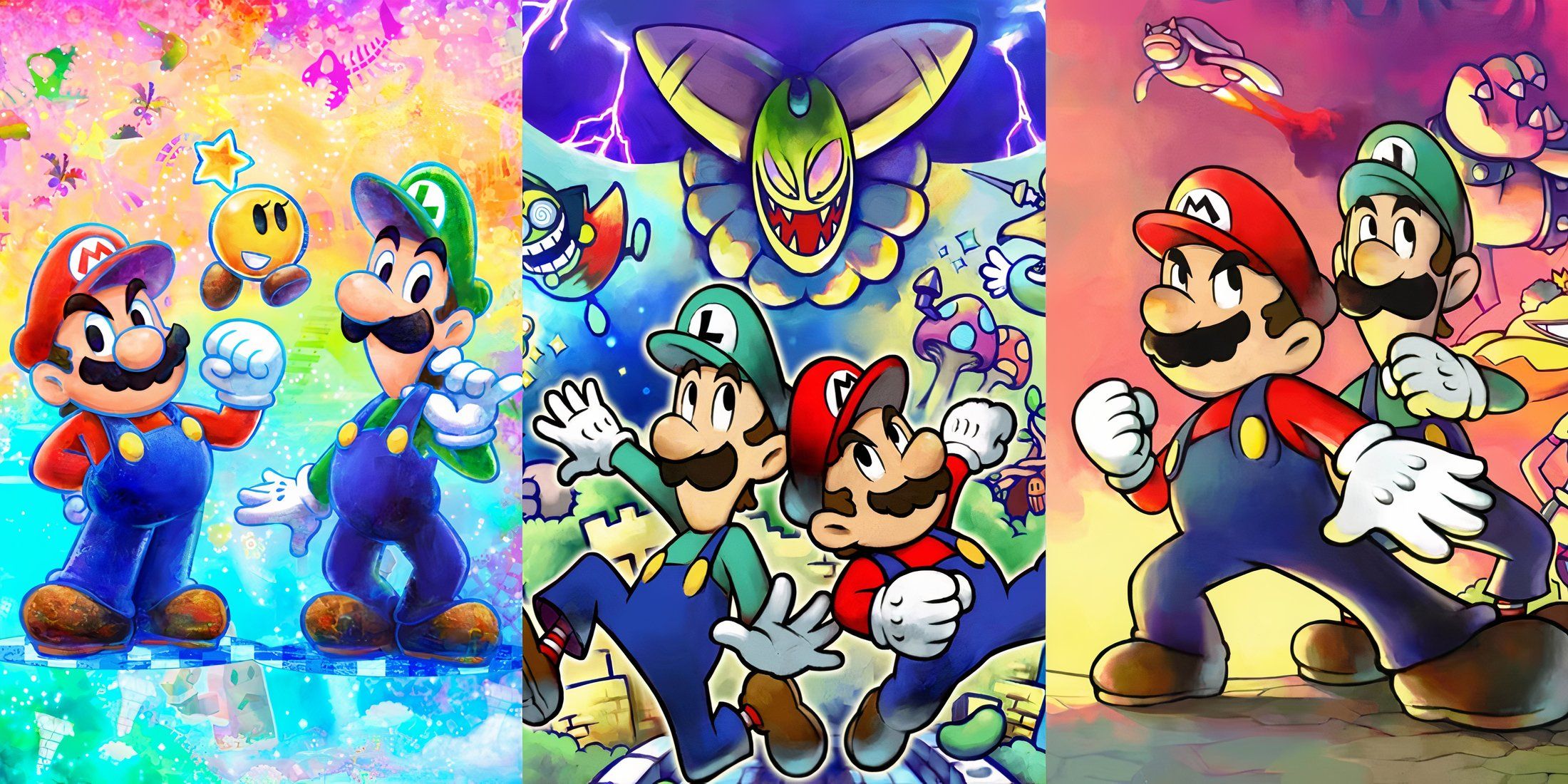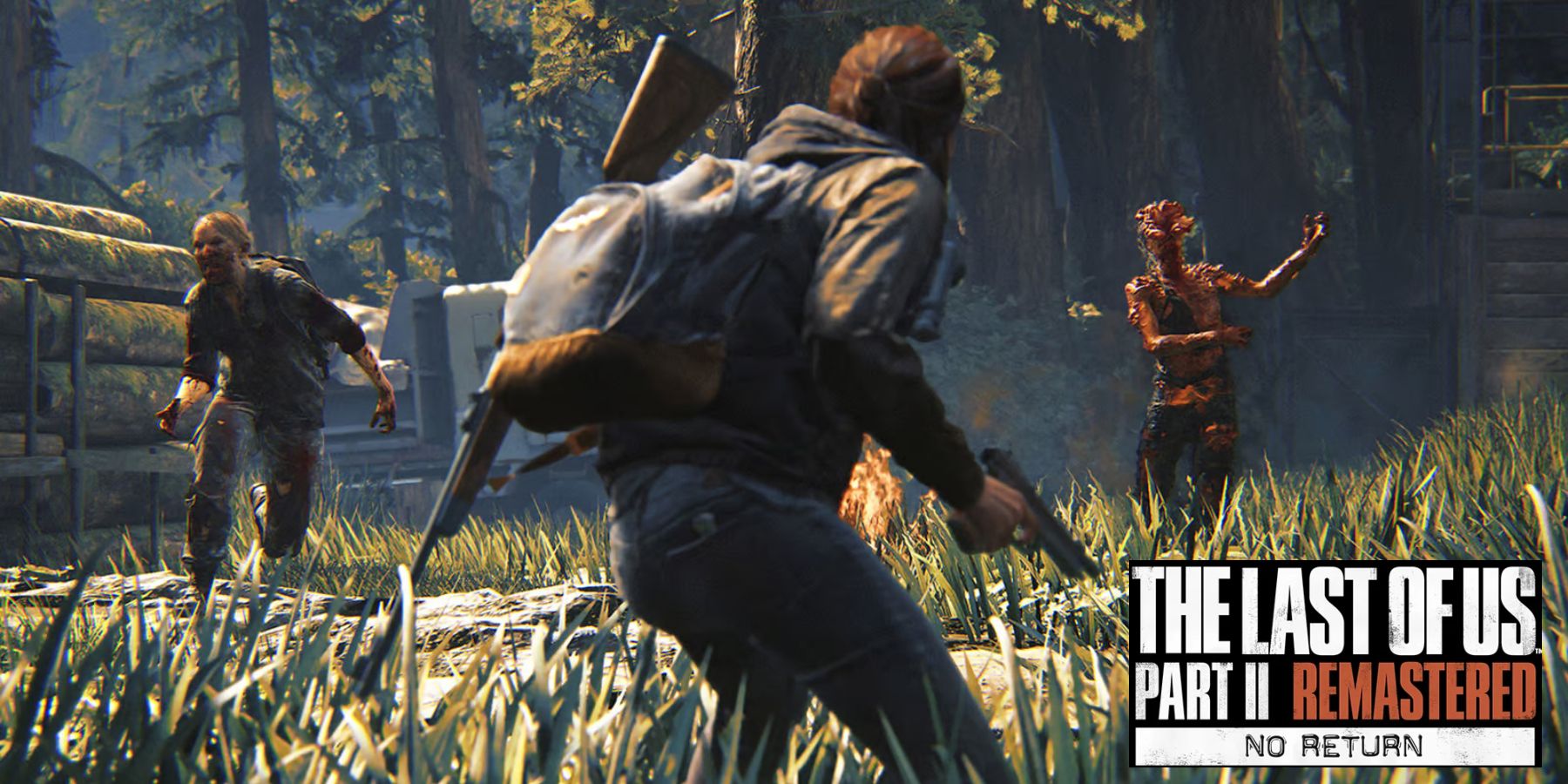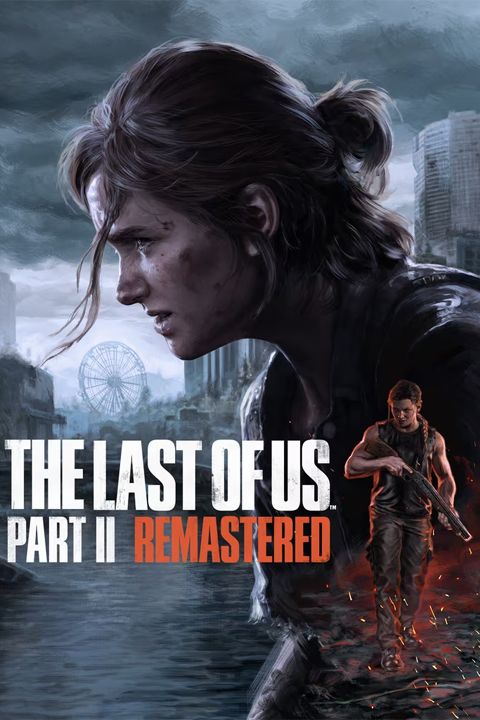Highlights
- The Last of Us Part 2 Remastered offers a $10 upgrade for PS5 owners, with added features like DualSense integration and developer commentary that enhance the overall experience.
- The No Return mode in The Last of Us Part 2 Remastered includes four encounter types, but players may find that they are too similar and can become repetitive after a few hours of gameplay.
- While the game attempts to add variety with different maps, playable characters, match modifiers, Gambits, and challenges, it doesn't fully prevent players from using the same gameplay techniques repeatedly.
For a series with just two entries, The Last of Us has had an impressive number of remasters and remakes, and they've varied in quality quite a bit. While the original PS4 remaster for 2013's The Last of Us made sense as it came packaged with the DLC, last year's full-scale remake of The Last of Us Part 1 did feel a bit odd to many fans, especially with its lack of a Factions multiplayer mode. Thankfully, it seems as though Naughty Dog has learned from that mixed reception, and used that feedback for The Last of Us Part 2 Remastered.
Not a full-scale remake, The Last of Us Part 2 Remastered brings the 2020 game to the PS5 but does so in quite a bit of style. Though the graphical difference is nearly imperceptible, the DualSense integration, developer commentary, and bevy of additional modes help to make The Last of Us Part 2 Remastered feel more than worth the asking price of a $10 upgrade for those who already own the game. But not everything on offer feels quite perfect, and The Last of Us Part 2 Remastered's No Return mode has a few shortcomings regarding its encounter types.
The Last of Us Part 2's No Return Modes Don't Stand Out Enough
The Last of Us Part 2's No Return Modes Explained
There are a total of four encounter types in The Last of Us Part 2 Remastered's roguelike No Return mode. When booting up The Last of Us Part 2 Remastered for the first time, players will have access to just two encounter types, Hunted and Assault. Assault feels the most like an average Last of Us combat encounter, putting players against several waves of enemies, and allowing them to take them down however they see fit. Hunted, on the other hand, sends continuous waves of enemies at the player until the countdown timer expires. In this mode, enemies know exactly where the player is at all times, meaning that stealth is pretty much worthless.
As players continue to progress through their first few No Return runs they'll unlock two new encounter types. The first one of these unlocked is Holdout, which tasks players with defending an AI companion against a continuous wave of enemies until the timer runs out. The final encounter type of the bunch is Capture, where players are tasked with breaking into a safe surrounded by enemies within a time limit.
No Return's Encounter Types Feel Too Similar
On paper, four encounter types seem more than enough for The Last of Us Part 2 Remastered's No Return mode. But after playing for only a few hours, the similarities of No Return's modes really start bleeding together. Hunted and Holdout are essentially the same game mode, albeit players are forced to stay in one area and defend their AI companion in the latter. And though Assault is technically a different mode, if players alert the enemy then it's going to feel like a Hunted match pretty quickly, with the enemy charging the player in exactly the same way.
The Last of Us has never had the deepest combat system in gaming, and unfortunately, The Last of Us Part 2 Remastered's No Return mode has highlighted that in a lot of ways, with players completing these same encounters over and over again in quick succession. That being said, The Last of Us Part 2 Remastered does try to go out of its way to add variety to the mode, delivering 20 maps, 10 playable characters, match modifiers, Gambits, and challenges, but while they do help to make each run feel engaging, they often don't encourage players from just carrying out the same gameplay techniques time and time again.





